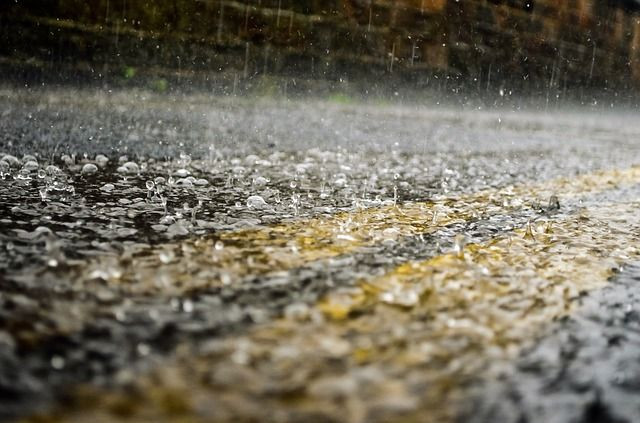Extreme Heat And Rain Linked To Greater Risk Of Asthma Hospitalization, May Get Worse With Climate Change

The excesses of climate change will be felt far and wide for years to come. Even, as a recent study published in BMC Environmental Health suggests, in the airways of people living with asthma.
The University of Maryland researchers studied hospital admissions related to asthma across the state from 2000 to 2012, and cross-referenced them with days when it was extremely hot or rainy. They found these days were associated with a small, but noticeable, rise in hospitalizations, especially in summer. Though previous research has shown a similar effect on respiratory health from rising temperatures in general, the study is one of the first to look at the connection between worsening asthma and extreme weather.
“Exposure to extreme heat and extreme precipitation events, particularly during summertime, is associated with increased risk of hospitalization for asthma in Maryland,” the authors wrote. “Our results suggest that projected increases in frequency of extreme heat and precipitation events will have a significant impact on public health.”
Specifically, they found that extreme heat was correlated with a 3 percent increase in asthma hospitalizations. During the summer, however, the risk jumped up to 23 percent. Rainy days were associated with a 11 percent greater risk of hospitalization, though only during summertime. Extreme heat was riskier for children and adults, while rain was riskier for children under the age of four. There wasn’t any significant link found in Hispanics, but the authors noted that the sample size — 0.3 percent of the total 115,000 hospitalizations— may have been too small to conclude much of anything.
While this study can’t provide insight into why extreme weather makes asthma worse, the researchers noted that higher temperatures can cause the added release of pollutants like ozone into the air. Scorching days can similarly increase pollen production, another risk factor for asthma, or prolong the pollen season. Heavy rain, especially from thunderstorms, can also increase pollen levels and fungal spores as well as trigger rapid changes in humidity and airflow that can worsen asthma.
Climate scientists have conclusively shown that our warmer climate has and will continue to increase the frequency and intensity of these extreme weather events. Aside from respiratory conditions, studies have tied climate change to an increased risk of tickborne illnesses and other infectious diseases. The greater occurrence of heatwaves and floods themselves will undoubtedly kill and harm many people as well.
Currently, according to research cited by the authors, 25.5 million people are living with asthma in the United States, with the annual economic costs rounding out to about $56 billion. In Maryland alone, close to ten percent of the population has asthma, with an annual hospitalization cost of $66 million.
Although the risk of hospitalization was highest in the young, chronic conditions like asthma often affect older populations more severely — a trend that will only get worse as people live longer and the days get hotter. Figuring out how exactly different groups are harmed healthwise by the increased frequency and intensity of extreme weather events caused by climate change is a “public health priority,” the authors wrote.
Source: Soneja S, Jiang C, Fisher J, et al. Exposure to extreme heat and precipitation events associated with increased risk of hospitalization for asthma in Maryland, U.S.A. BMC Environmental Health. 2016.



























